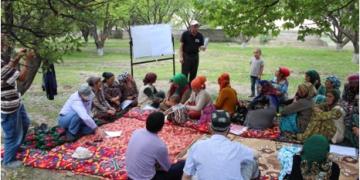1. Multi-sectoral coordination for monitoring diseases at the wildlife-livestock interface
Collection of baseline wildlife health data
Local Capacity Building for Management of Disease at the Wildlife-Livestock Interface
Implementation of Effective Control Strategies for Disease Spillover From Livestock to Wildlife
